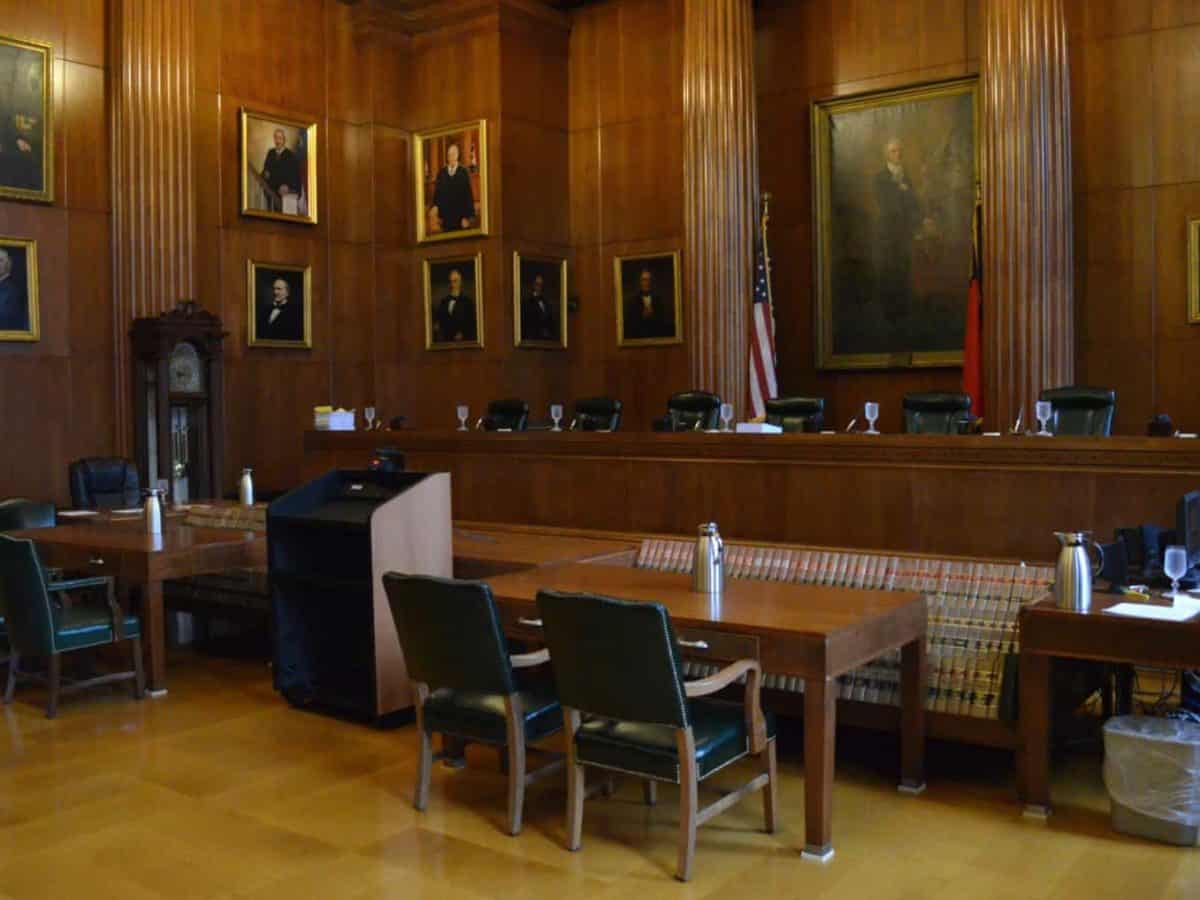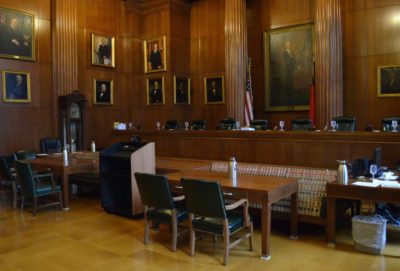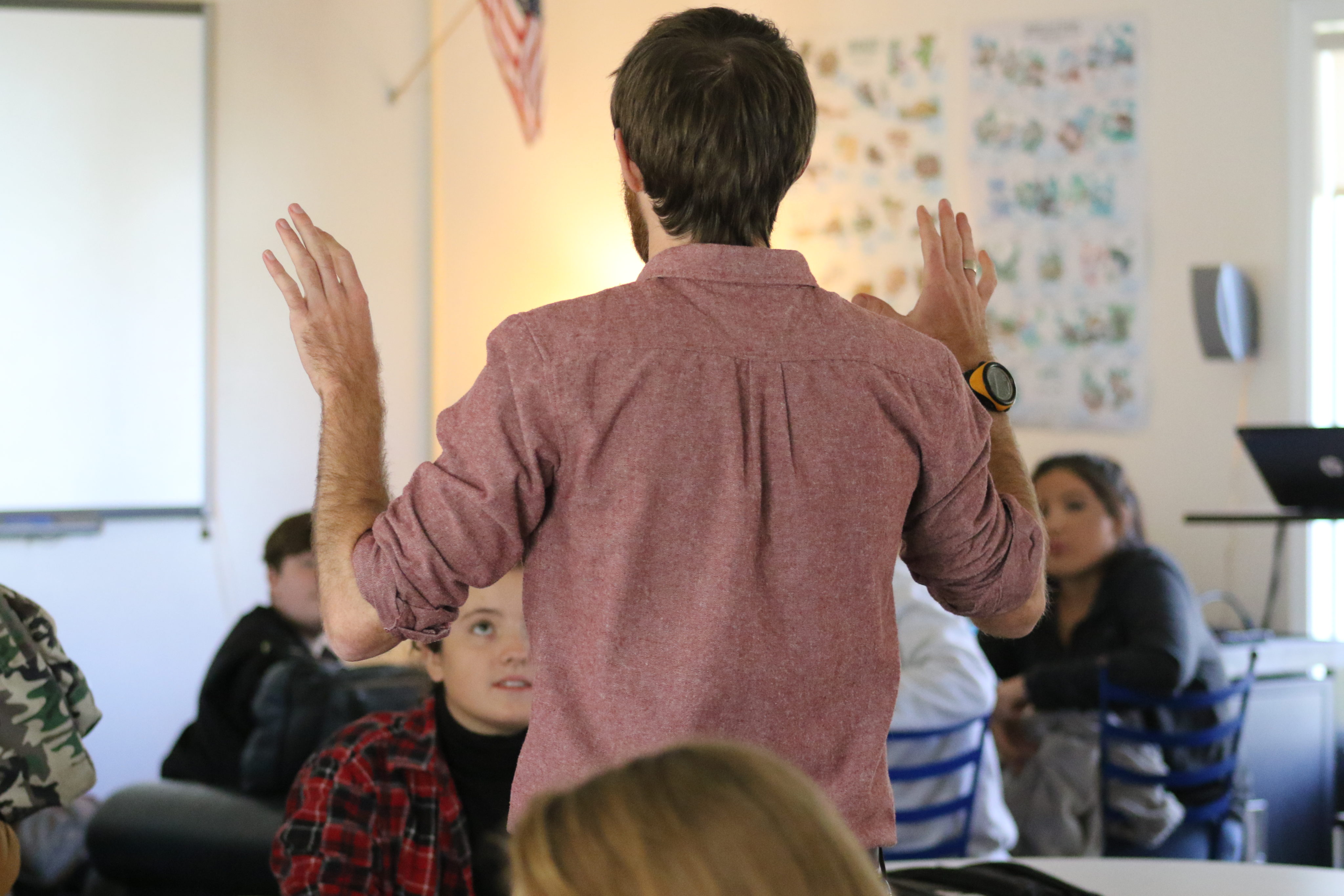

In one of the many milestones in the long journey of the Leandro case through the state judicial system, the Court of Appeals blocked a Superior Court order to implement an education plan that would expand early childhood education, elevate teacher pay, and extend assistance to struggling schools. If the legislature decides not to fund such an education plan, said the appeals court in a 2-1 ruling last November, “the remedy lies not with the courts, but at the ballot box.”
State Sen. Phil Berger, the Republican majority leader, made the same point in the recent WRAL News documentary in which he was asked “who is supposed to force the state” to assure public school students their right to an opportunity for a sound, basic education. “Well, the people in voting,” said Berger. “If the people are looking at that and decided that the legislature is not doing an appropriate job in connection with that, we have an election every two years.”
North Carolina has entered a remarkable moment in which the state grapples anew with questions of power, politics, and policy that date back to the founding of the republic, when checks-and-balances were embedded in the federal and state constitutions. In the courtroom, on the campaign trail, and in the court of public opinion will emerge a medley of decisions bearing on the near-term future of public education and of the balance of power in state government.
Once again, the state Supreme Court has agreed to weigh in on the Leandro case, giving a Superior Court judge a month to evaluate education provisions in the 2021-23 state budget that fell well short of the $1.7 billion remedial plan. To do that evaluation, Chief Justice Paul Newby has substituted Judge Michael Robinson, a Republican, for Judge David Lee, a Democrat who issued the implementation order.
This flurry of judicial actions comes a little more than a month before early voting opens in the Democratic and Republican primaries for nomination to seats in the General Assembly. The voting period runs from April 28 through the May 17 primary day. The spring primaries, as well as the fall general elections, will take place in the newly redesigned House and Senate districts, which give an edge to Republicans in maintaining their control in the legislative branch. Here is link to maps.
For much of its history, North Carolina gave stronger formal powers to its legislature than its governor. The late Thad Beyle, my UNC-Chapel Hill colleague who devoted his long scholarly career to exploring state governments, wrote that “the record shows that North Carolina’s governor is among the three weakest in the nation in terms of formal, institutional powers. Only the governor’s personal political skills and his ability to capitalize on the informal powers available to him partially compensate for the lack of more formal powers and inherent strength.”
The executive branch was strengthened by constitutional amendments in the mid-1970s giving governors the ability to run for a second term and in the mid-1990s to exercise the veto. North Carolina was the last state to grant veto power to its governor.
Over the years, lawmakers moved to strengthen the legislative branch for both partisan and institutional reasons. They developed professional staff. They stripped the lieutenant governor of power to appoint committees. And subsequently Senate majority leaders became long-serving powers — Democrat Marc Basnight for 18 years and now Republican Berger since 2010.
The impulse to consolidate and extend power remains strong. For example, in the congressional redistricting case before the U.S. Supreme Court, Republicans, led by Berger and House Speaker Tim Moore, argue aggressively for state legislative “primacy in setting the rules for federal elections, subject to check only by Congress.” When he filed for re-election this year, Berger sent out a tweet that “it’s time to get to work and elect a Republican super-majority” that can override gubernatorial vetoes.
To override vetoes requires 30 votes out of 50 in the Senate, 72 out of 120 in the House. “Without a huge and unexpected shift towards Democrats before November, Republicans are headed for strong majorities,” Dallas Woodhouse, a former state Republican executive director, now a political analyst for Carolina Journal, said in an email. “We would estimate today they would come close to winning veto-proof super-majorities in each chamber, and have at least an even chance of achieving them.”
Woodhouse sent along the John Locke Foundation’s estimates that most House and Senate districts are rated as “safe” for either Democrats or Republicans, with a few “leaning” to a party — ratings based on results of recent elections. Significantly, only 16 House districts and 7 Senate districts are rated as “competitive” districts that voters could swing to one party or another.
A limited number of competitive districts limits the influence voters can exert through the ballot box in the composition of the General Assembly. The near-even partisan balance in North Carolina politics is manifest more in competitive elections for governor and the Supreme Court in which all voters take part statewide. In today’s polarized politics, in education as well as other issues, near-even election outcomes determine which of the dramatic differences in styles and substance between the two major parties prevail in governing North Carolina.




